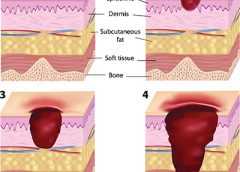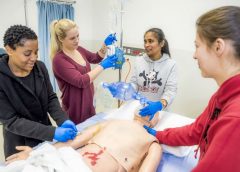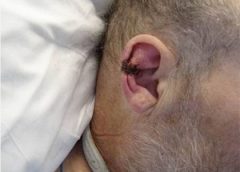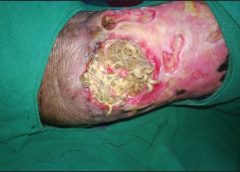By Donna Sardina, RN, MHA, WCC, CWCMS, DWC, OMS
Pressure ulcers have been a health concern for a long time—since at least 5,000 years ago, when evidence of a pressure ulcer was found on an ancient Egyptian mummy. But not until 1975 did the staging classification system we’re familiar with begin. This system was designed to make things easier by creating a universal way to describe and communicate the various levels of tissue destruction. (more…)
Read More




